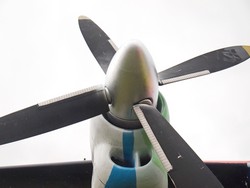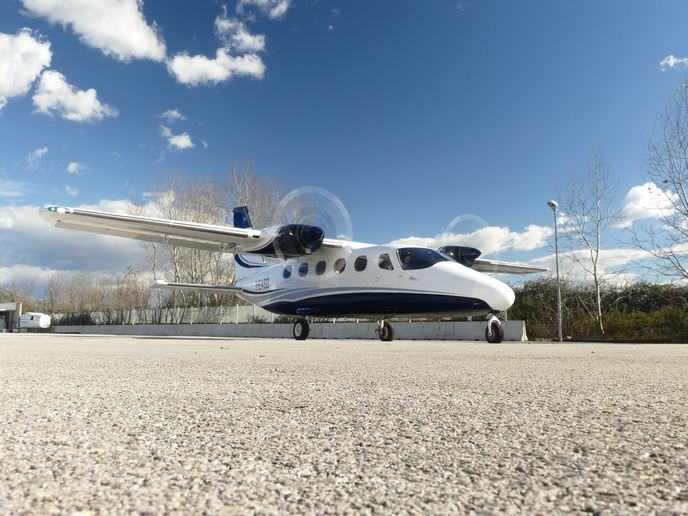Success marks noise reduction tests for future aircraft
Several decades ago NASA had designed new turboprop engines to rival current engine designs. While the technology promised to reduce fuel consumption significantly, it required lightweight materials – which are only now becoming available – to run at the desired speeds. Thanks to new composite materials, efficient turboprop engines are becoming cutting-edge once again, requiring rigorous testing on all levels. The EU-funded WITTINESS (Wind tunnel tests on an innovative regional A/C for noise assessment) project conducted noise assessments for advanced turboprop aircraft using a complete aircraft model in wind tunnel tests. The project conducted tests to assess noise emissions in take-off and landing conditions with the support of a moveable microphone array. Using a beamforming technique it identified noise sources and levels and evaluated the improvements gained by noise reduction devices such as lined flaps. To achieve its aims, the project used a wind tunnel model developed in a previous EU-funded project called LOSITA. It chose the RUAG Large-Wind Tunnel in Emmen, Switzerland, to conduct the experiments. The project team developed a method to estimate the effective perceived noise levels from test results obtained in closed-wall wind tunnels. It also developed technologies to perform noise characterisations on powered wind tunnel models. The possibility of quickly rotating the model from the ventral model mount for aerodynamic measurements to dorsal model mount for acoustic measurements proved very handy and increased test efficiency markedly. WITTINESS also performed noise assessment for flap fences and the lined flap technology, demonstrating their successful application by significantly reducing the noise emitted during take-off and landing. In addition, during the project, a detailed acoustic characterisation of a model involving running engines was performed for the first time in the RUAG wind tunnel. Overall, the project helped tackle important issues surrounding noise emission during landing and take-off as well as off-flight conditions, and its successful study in closed wind tunnels. It also studied acoustic performance for high-lift configurations of the new green turboprop aircraft model and strengthened European research in this important area. The research has advanced aviation technology towards quieter and more efficient aviation of the future.







